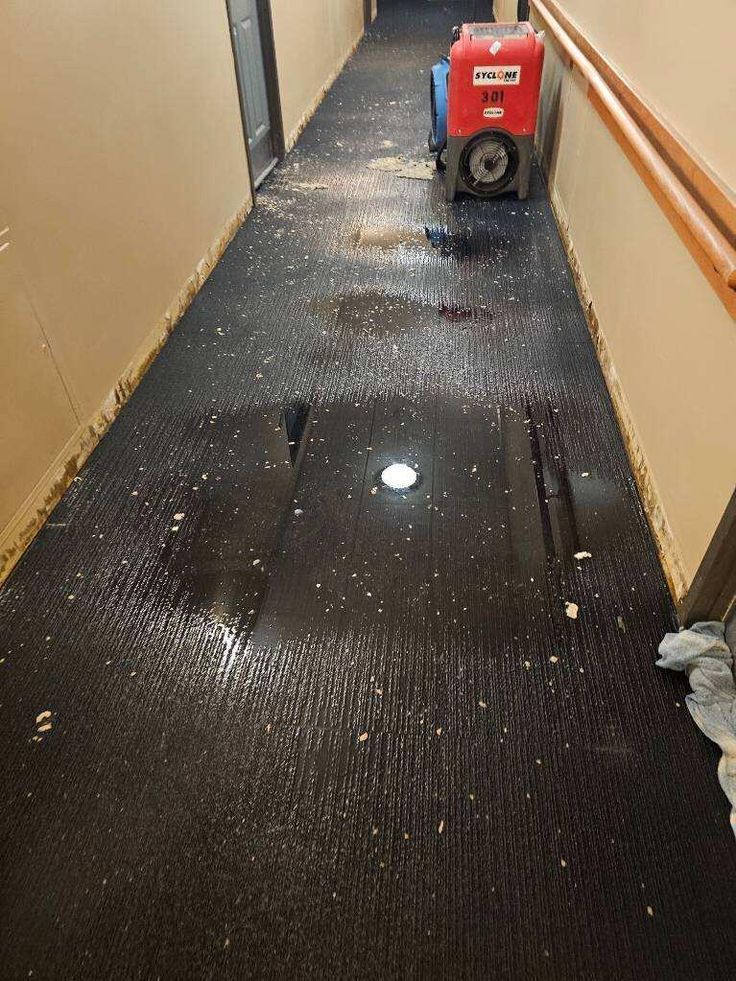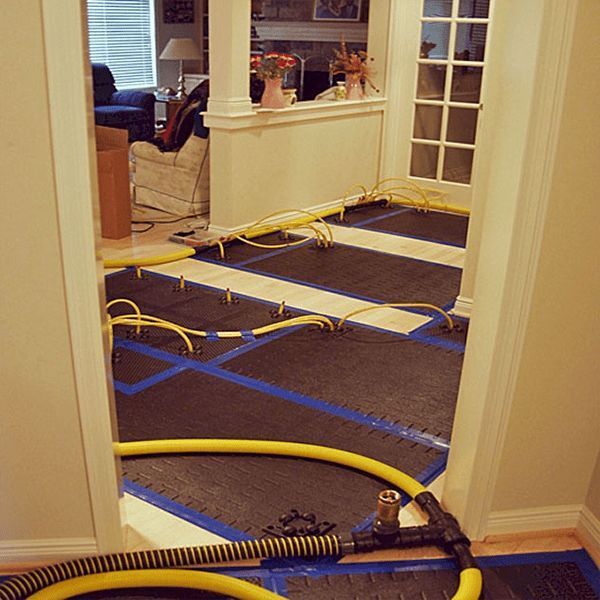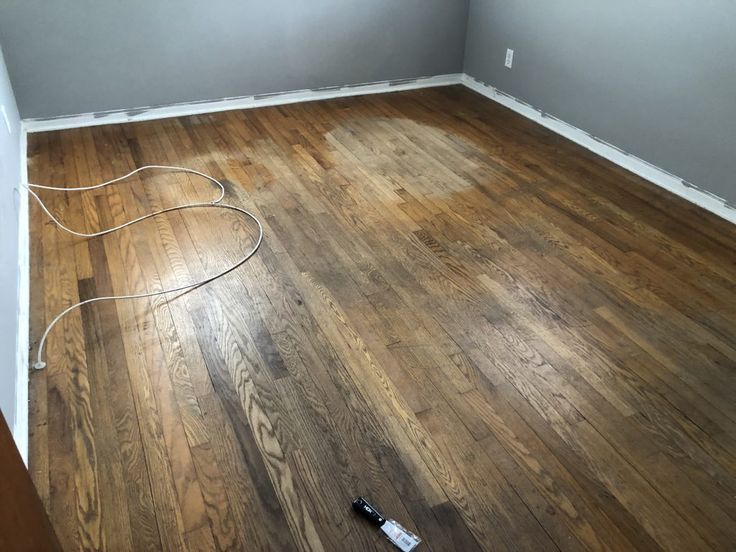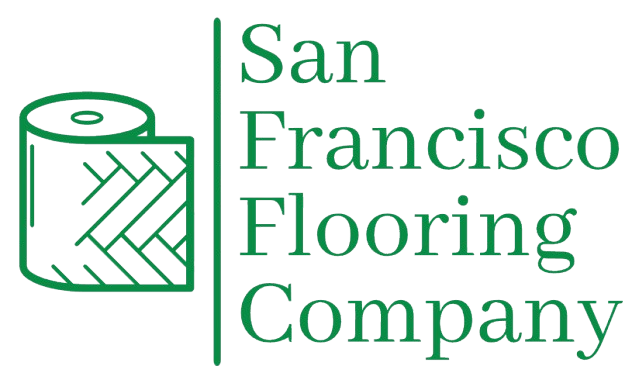Get in touch
415-938-5415
Water Damage Floor Repair in San Francisco, CA
Water damage can strike any San Francisco home or business without warning, leaving floors warped, stained, and structurally compromised in our coastal climate. At San Francisco Flooring Company, we specialize in water damage floor repair services through expert solutions tailored to the Bay Area's unique environmental challenges. Our professional team uses advanced techniques and industrial-grade equipment to assess, repair, and protect your floors from future water-related issues.
We understand that water damage requires swift action, especially in San Francisco where the combination of water exposure and high humidity can accelerate damage. From hardwood to tile to laminate, our skilled technicians handle all flooring materials common in San Francisco homes with precision and care. We work efficiently to minimize disruption while ensuring lasting results for residential and commercial properties throughout the Bay Area.
Our comprehensive water damage floor repair process includes moisture detection with thermal imaging, targeted drying methods optimized for San Francisco's climate, and professional restoration techniques that preserve as much of your original flooring as possible. We serve San Francisco and surrounding communities with 24/7 emergency response capabilities, addressing urgent flooding situations before winter storms or plumbing failures cause permanent damage to your valuable flooring investments.
Why Choose Us
We bring together proven expertise, modern solutions, and an unwavering focus on customer satisfaction to deliver exceptional water damage floor repair services in San Francisco.
Experienced Professionals
Our team holds years of combined experience in water damage restoration and floor repair across San Francisco. We maintain active certifications and each of our technicians complete rigorous training in water damage assessment, moisture detection, and specialized repair techniques for all flooring types. We have successfully restored residential and commercial floors affected by water damage throughout the Bay Area.
Cutting-Edge Techniques
We utilize advanced moisture mapping technology to identify hidden water damage and prevent future issues. Our state-of-the-art drying equipment ensures thorough moisture removal from all floor layers. We employ specialized repair methods tailored to each flooring material, from hardwood to laminate to tile. Our team stays current with the latest industry innovations through regular training and equipment upgrades.
Customer Satisfaction
We provide detailed documentation and regular updates throughout the repair process. Our technicians take time to explain each step and answer all questions. We offer competitive pricing with no hidden fees. All work comes with a written warranty for your peace of mind. Our emergency response team is available 24/7.
Our Services
We specialize in comprehensive water damage
floor repair services with proven techniques and professional expertise to restore your floors to their original condition.
Assessment and Inspection
Our certified technicians conduct thorough moisture level testing using advanced detection equipment to identify affected areas.
We carefully document visible and hidden water damage through detailed photos and measurements to create an accurate restoration plan.
Each inspection includes checking subfloor integrity, evaluating structural damage, and testing surrounding walls for moisture migration.

Water Extraction and Drying
We utilize industrial-grade water extraction equipment to remove standing water and prevent further absorption into flooring materials.
Strategic placement of commercial dehumidifiers and air movers creates optimal drying conditions. Our team monitors moisture levels daily.
The drying process typically takes 3-5 days depending on damage severity and flooring type. We use thermal imaging to verify complete moisture removal.

Repair and Restoration
Our skilled craftsmen repair or replace damaged sections while preserving the aesthetic continuity of your floors.
We handle all flooring types including:
- Hardwood
- Engineered wood
- Laminate
- Tile
- Vinyl
- Carpet
Professional
refinishing services restore the appearance and protect against future damage.

Categories of Water Damage
Water damage to flooring comes in several distinct categories based on the water source and contamination level. We classify these categories to help determine the appropriate restoration approach and safety measures needed.
Clean Water Damage
This type of damage comes from sanitary water sources like broken water supply lines, tub overflows, or rainwater. Clean water poses minimal risk to human health but can still severely damage flooring materials. We recommend immediate cleanup to prevent deterioration and mold growth.
Gray Water Damage
Gray water contains mild contaminants from sources such as washing machines, dishwashers, or toilet overflows without solid waste. This water requires more careful handling and thorough sanitization during the restoration process.
Black Water Damage
This is the most severe category, involving heavily contaminated water from sewage backups, flooding, or standing water with organic matter. Black water can harbor dangerous pathogens and requires specialized safety equipment and restoration techniques.
Time and temperature can cause water damage to worsen, with clean water potentially degrading to gray or black water if left untreated. Professional assessment helps determine the exact category and required restoration steps.
Proper protective equipment becomes increasingly important as the category level rises. We use specific cleaning protocols and sanitization methods for each category to ensure safe restoration.
FAQs About Water Damage Floor Repair
Our experience shows that the two most critical concerns for water-damaged floors revolve around cost considerations and finding qualified professionals to handle the repairs properly.
What should I do immediately after my floor gets water damaged?
Act quickly by removing standing water using towels, mops, or a wet vacuum. Elevate furniture and remove area rugs. Improve air circulation with fans and dehumidifiers. Take photos for insurance documentation before calling our 24/7 emergency response line. Don't wait – addressing water damage within the first 24-48 hours significantly increases the chances of saving your floors and preventing mold growth, which is especially important in San Francisco's naturally humid environment.
Can water-damaged engineered hardwood be restored in San Francisco?
Yes, engineered hardwood can often be restored after water damage, though San Francisco's humid climate presents unique challenges. The success depends on how quickly you respond, the extent of damage, and the specific construction of your engineered flooring. Our specialized drying techniques account for the city's higher humidity levels. Minor cupping or warping can frequently be sanded and refinished, though severe cases may require partial replacement of affected boards.
How much does water damage floor repair cost in San Francisco?
Water damage floor repair in San Francisco typically costs between $10-18 per square foot for restoration and $15-28 per square foot for replacement. Costs vary based on damage severity, flooring material, and whether subfloor repairs are needed. Minor surface damage might only require spot repairs ($700-2,000), while extensive damage needing complete replacement can range from $4,000-15,000+ for an average room. Most insurance policies cover sudden, accidental water damage, and San Francisco Flooring Company works directly with all major insurance providers.
How long does water damage floor repair take in San Francisco?
Water damage floor repair in San Francisco typically takes 5-14 days, depending on severity. The timeline includes emergency response same day, water extraction and drying 3-6 days (longer in San Francisco's humid climate), floor repair or replacement 1-4 days, and finishing and curing 1-3 days. San Francisco's higher humidity requires more thorough drying processes to prevent secondary damage and mold growth.
What waterproofing options do you recommend for San Francisco homes?
For San Francisco homes, San Francisco Flooring Company recommends luxury vinyl plank with built-in waterproof core for bathrooms and kitchens, ceramic or porcelain tile for areas prone to moisture, water-resistant engineered hardwood with aluminum oxide finish, moisture barriers beneath all flooring installations, perimeter sealing for hardwood floors, vapor barriers in below-grade installations, annual waterproof sealant applications for natural stone and grout lines, and smart water sensors near appliances and plumbing fixtures to detect leaks early. These solutions specifically address the Bay Area's unique conditions, including frequent fog, winter rainy seasons, and older plumbing systems common in historic buildings.
